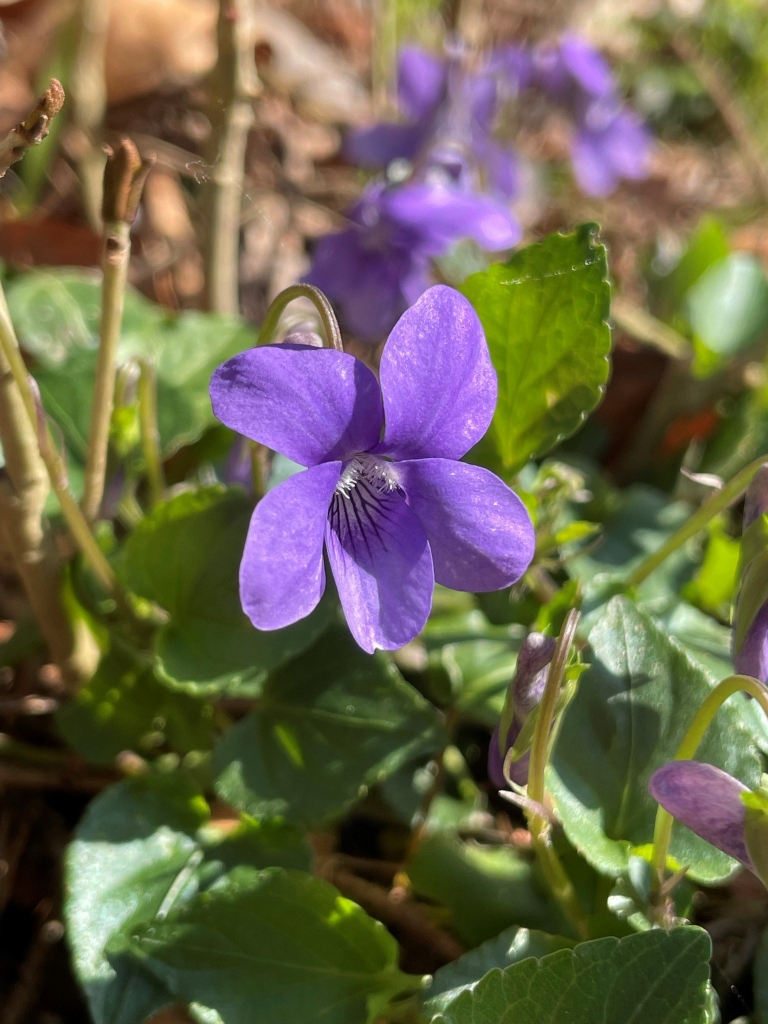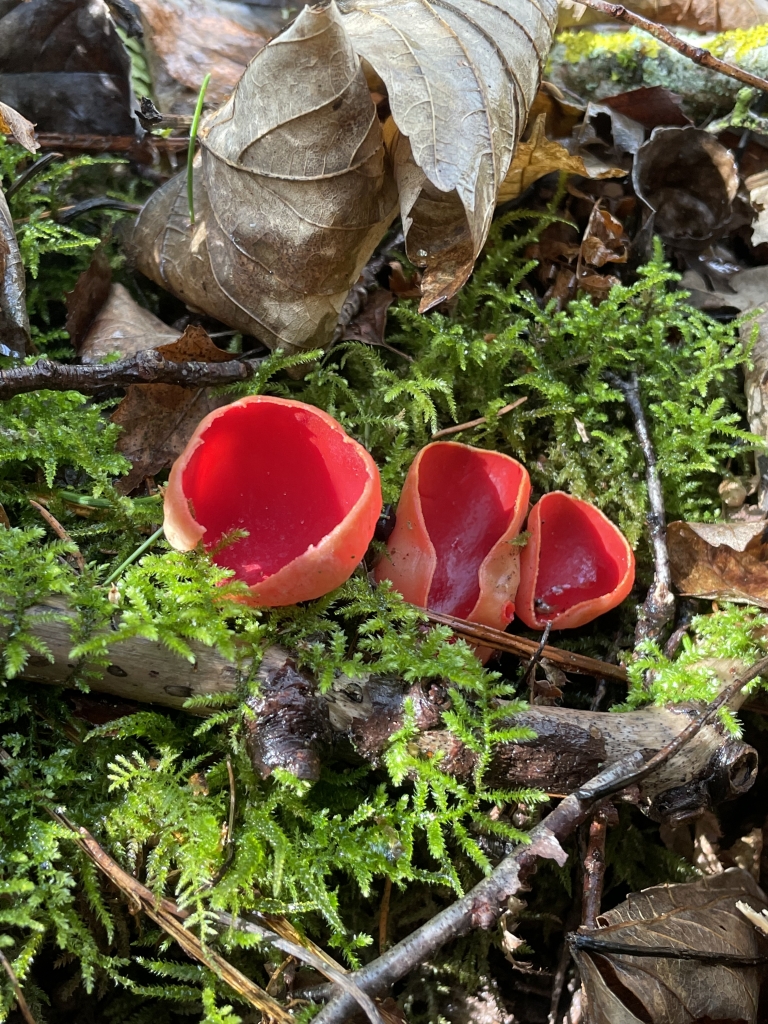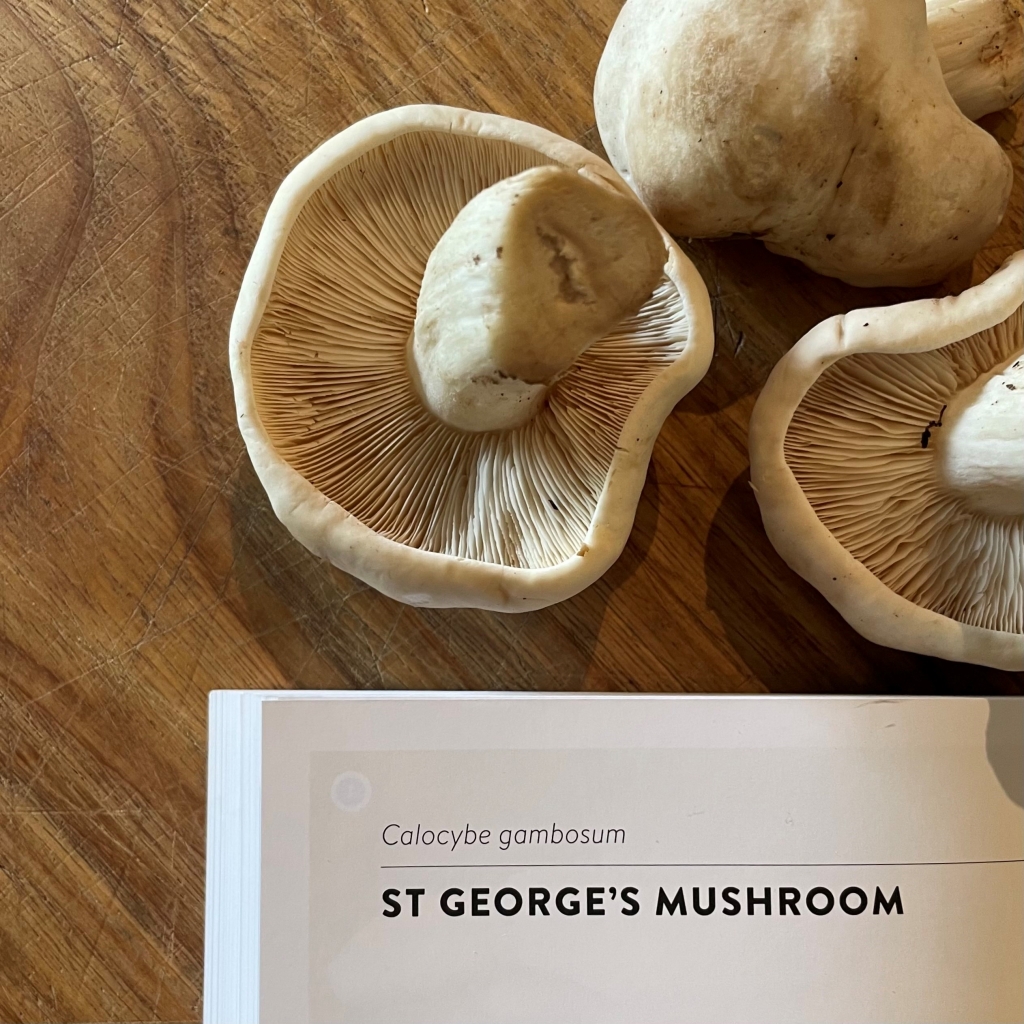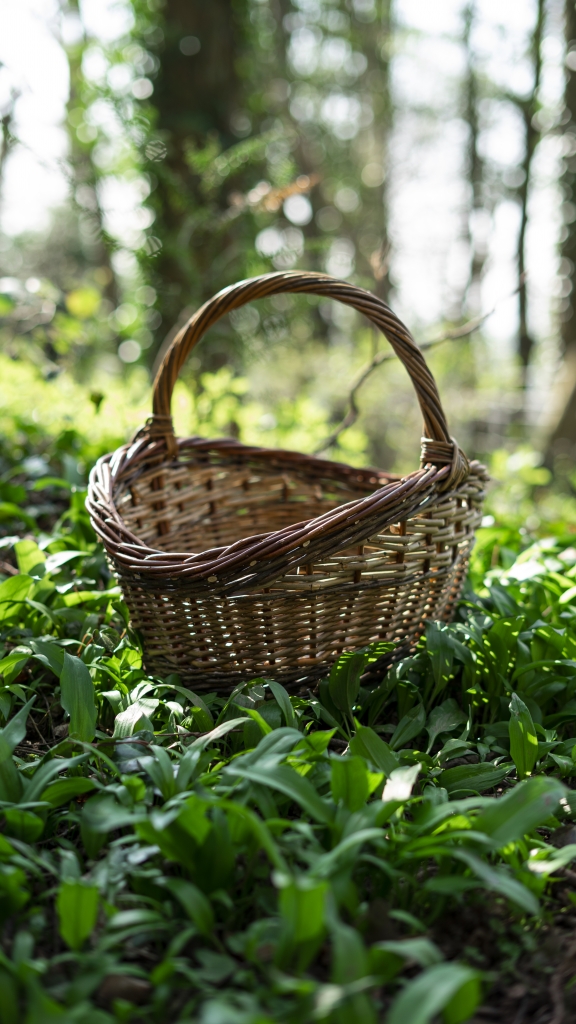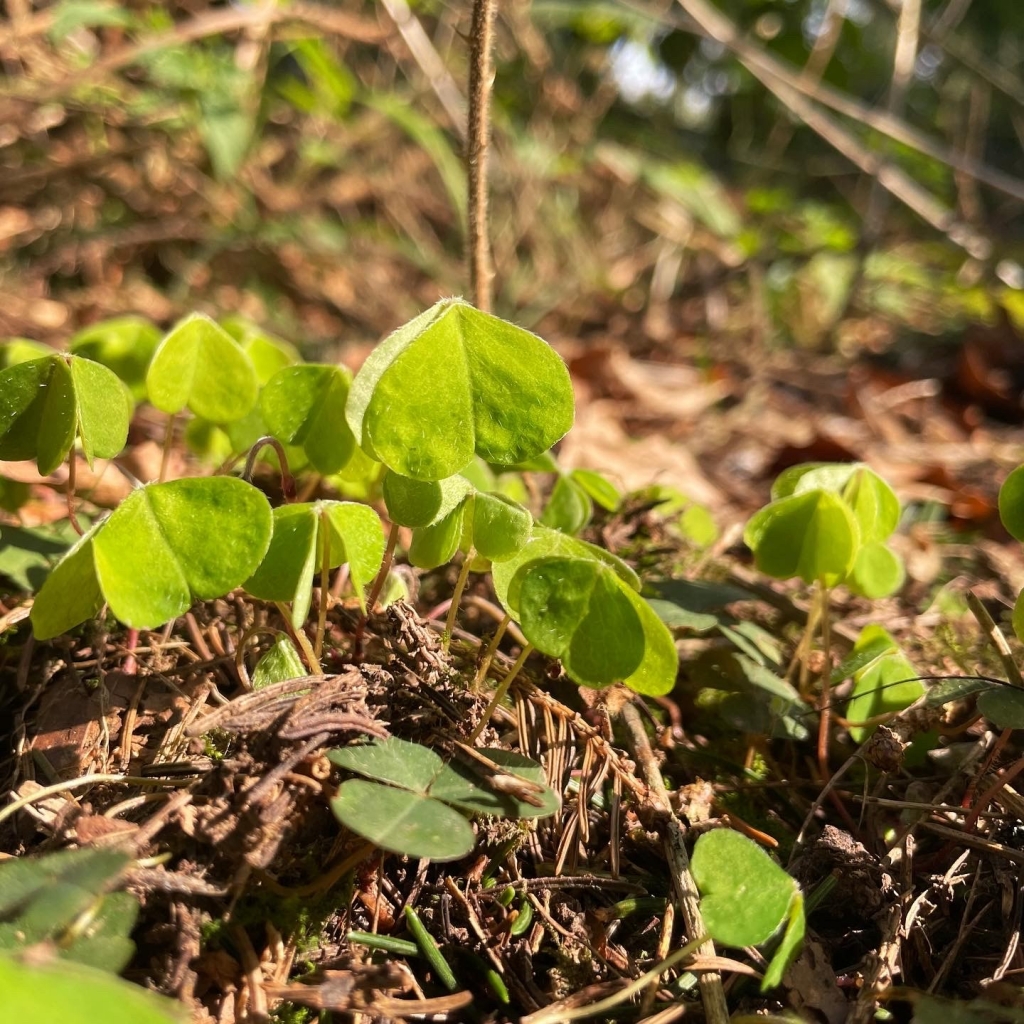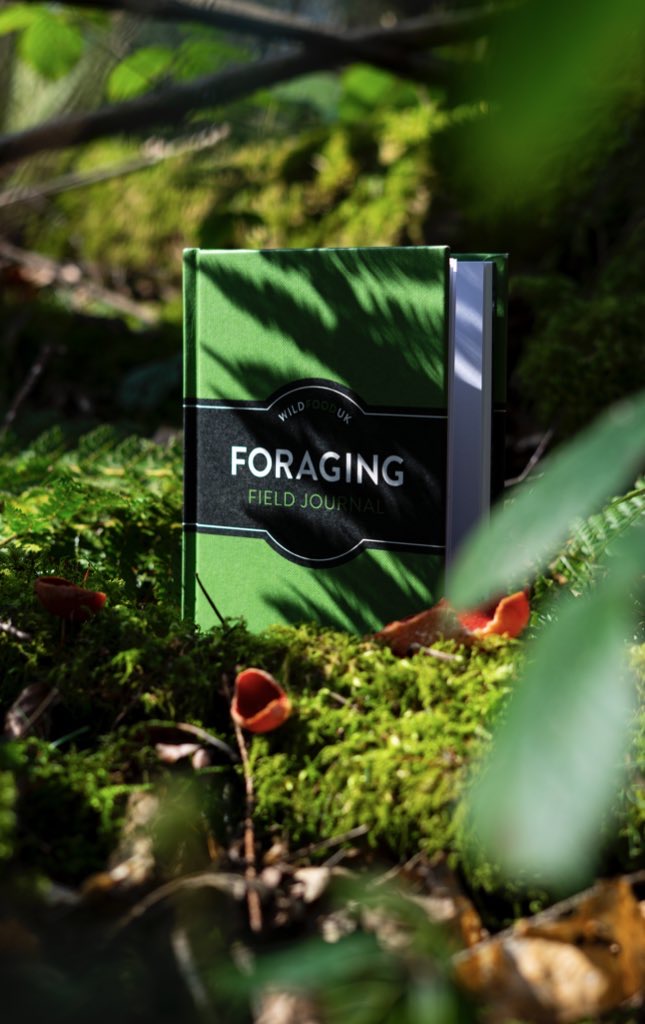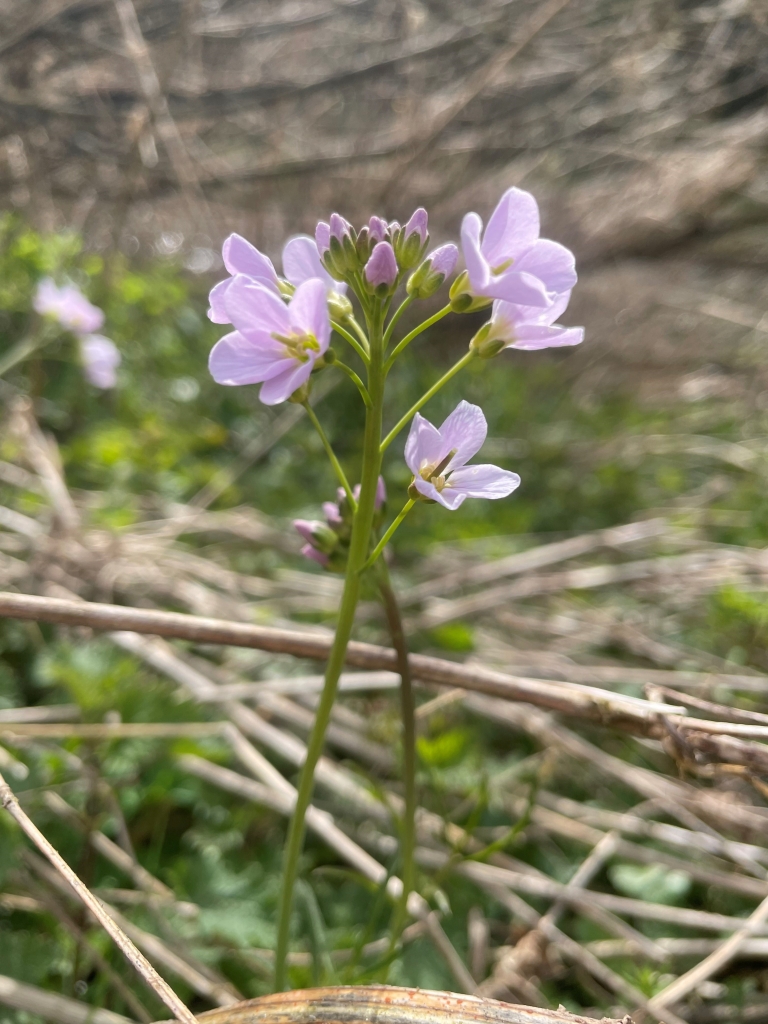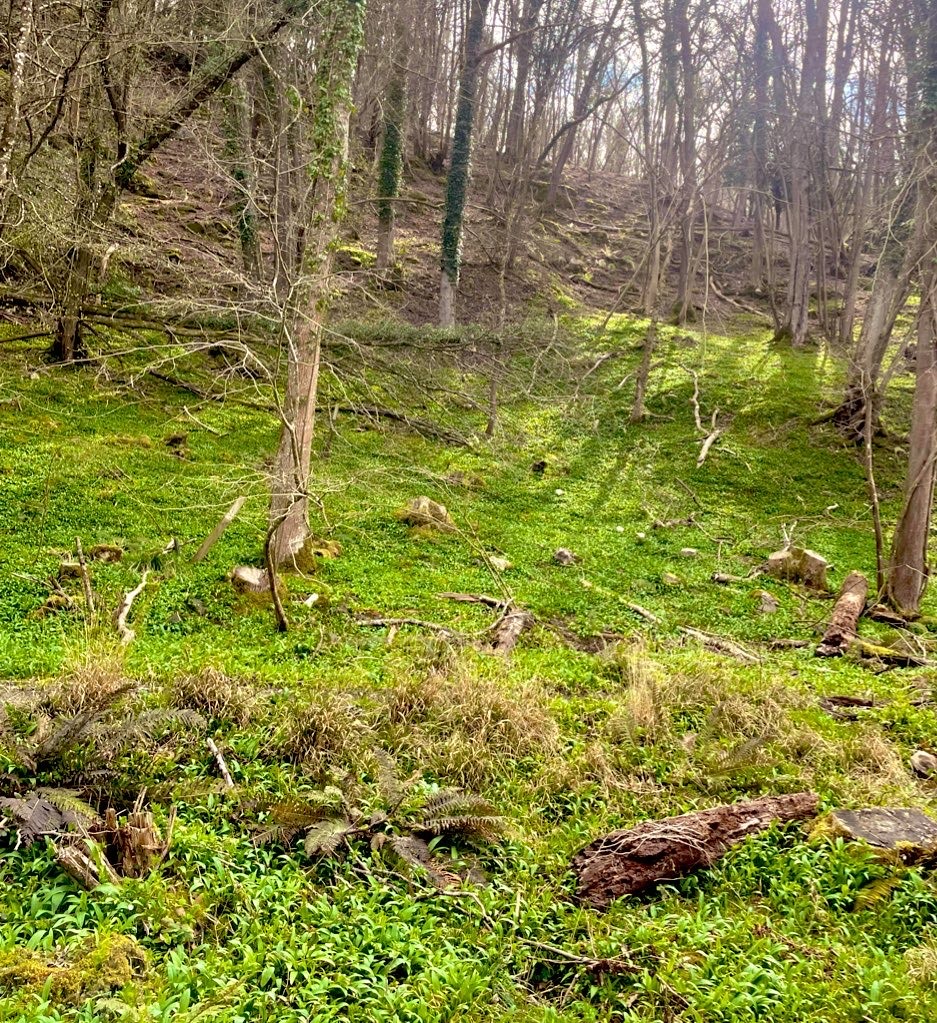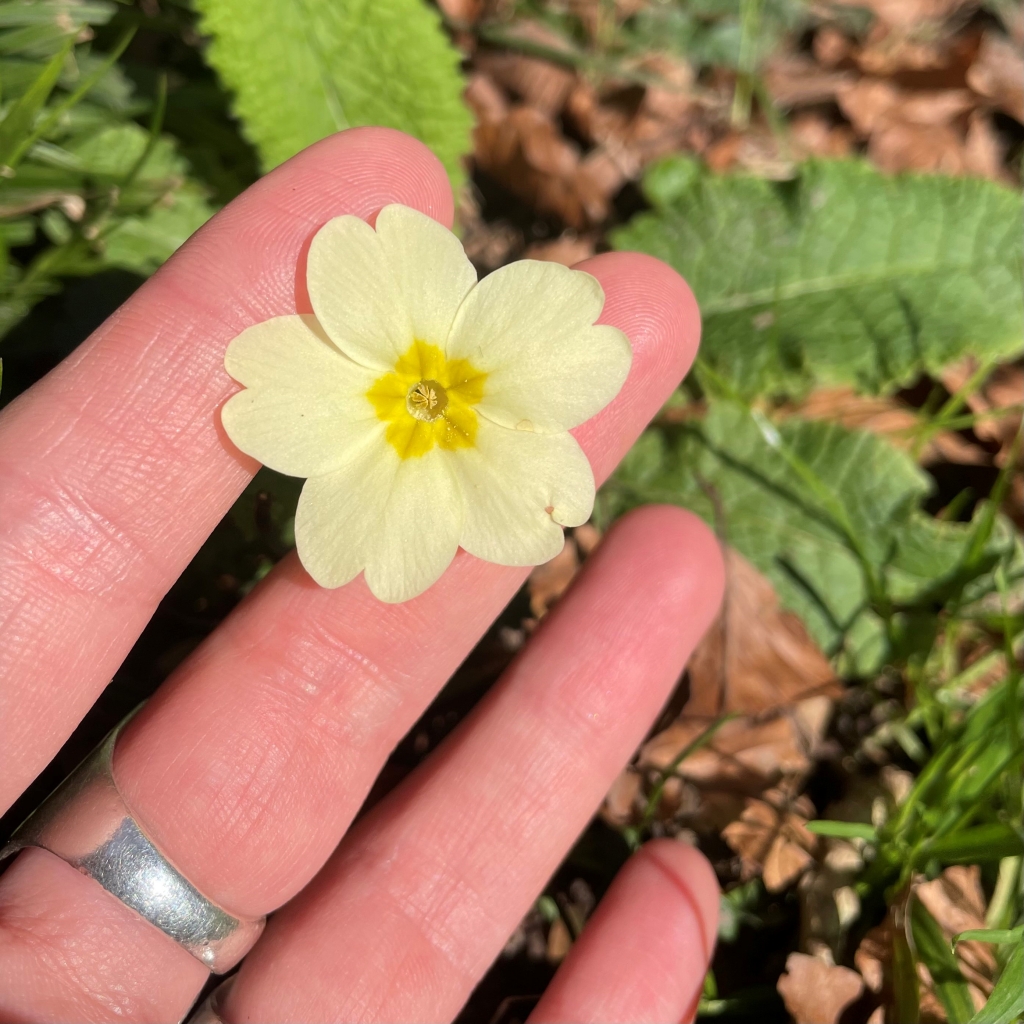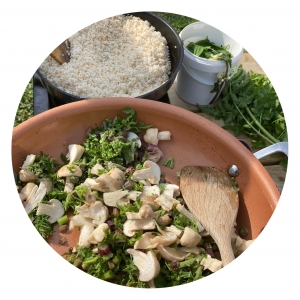Foraging in April 2022
Posted on 30th April 2022
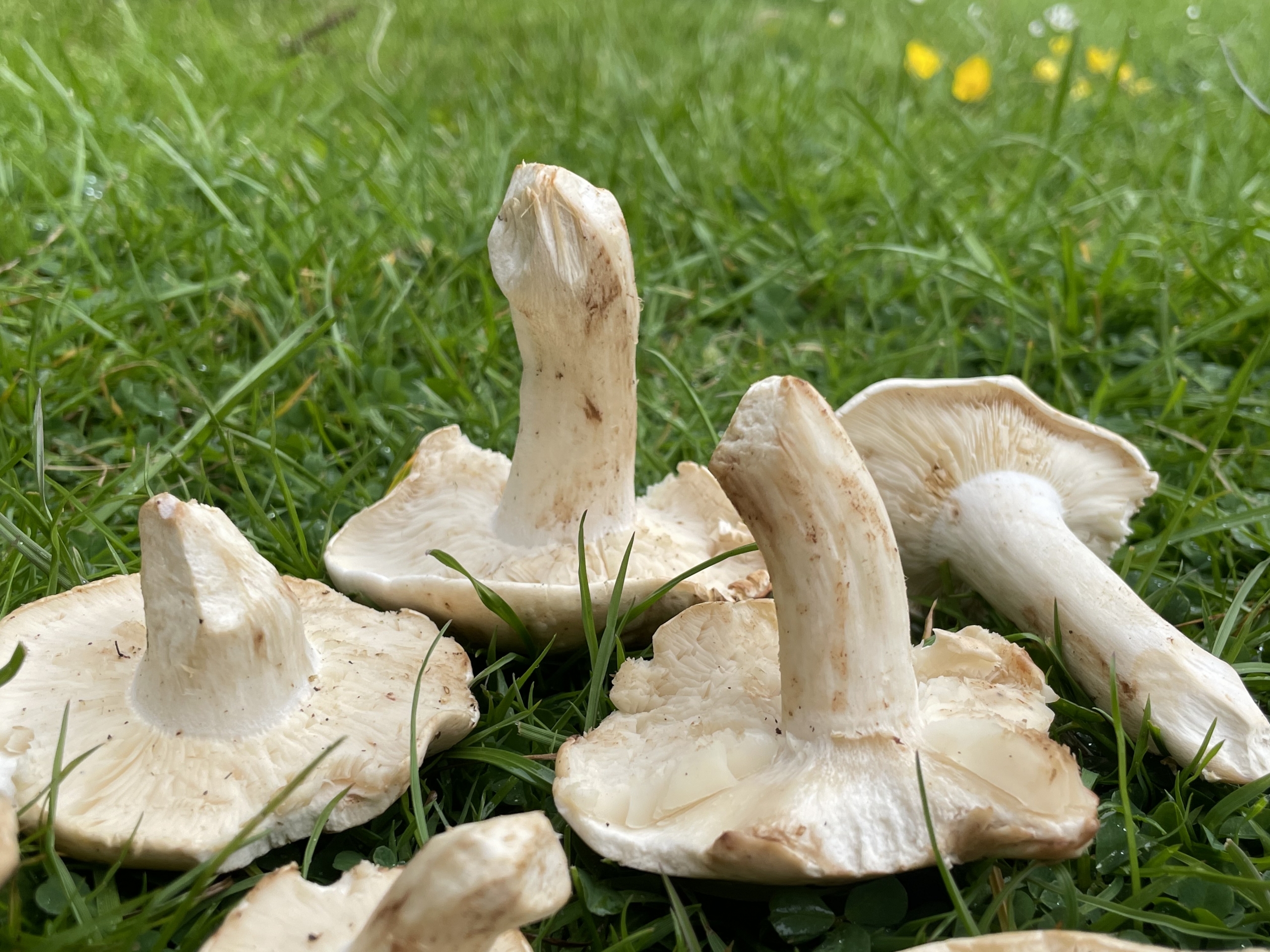
A P R I L
Foraging in April: What we’ve found this month.
There have been lots of tasty treats this April, with the highly sought after Morels making a very welcome appearance onto our plates. Our lucky course leader Fabio and his eagle eyed foragers found some delicious Yellow Morels while out walking. These Morels have been paired with a medley of delicious Wild Garlic, Garlic Mustard, Common Sorrel, Common Hogweed and Few Flowered Leek.
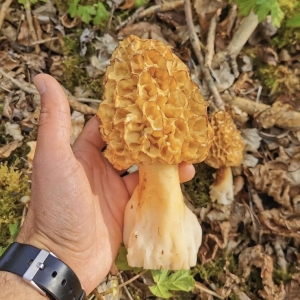
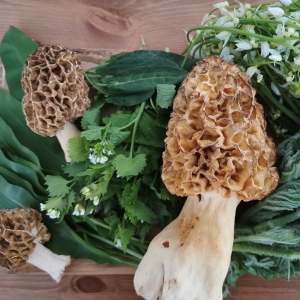
There’s been a whole host of leafy spring edibles that have really soaked up the sunny weather we’ve been having lately however, our mushrooms friends on the whole have been a little sluggish in growth, partly due to the dry spells. Fingers crossed for a little rain to kick start our season.
Here’s a few things that have made their way onto our plates in April, why don’t you have a go a spotting some of these yourselves.
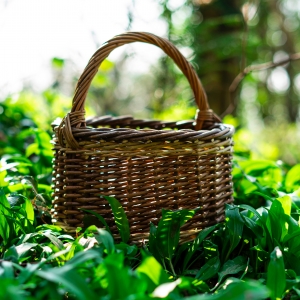
Scientific name: Allium ursinum
Likely to be foraged for through spring and summer. You may notice the shoots popping up through February and then carpeting woodland floors from march and April. The whole plant can be used in its raw state or cooked. Wild garlic works lovely in a creamy garlic spaghetti sauce.
Your nose is your strongest tool when it comes to ID-ing this little plant. The smell of garlic is unmistakable on the leaves and will help you determine whether or not you’ve got the correct plant. Wild Garlic is often referred to by its common names as; Ramsons, Bears Garlic, Broad-leaved Garlic & Wood Garlic. Available through spring and summer As a food it has multiple uses as the months go by; from sweet garlicky leaves, then spicy flower buds followed by miniature ‘garlic bombs’ when the plant goes to seed. wild garlic is one of our favourite plants to find, its incredibly tasty and is a number one on a foragers spring spot list.
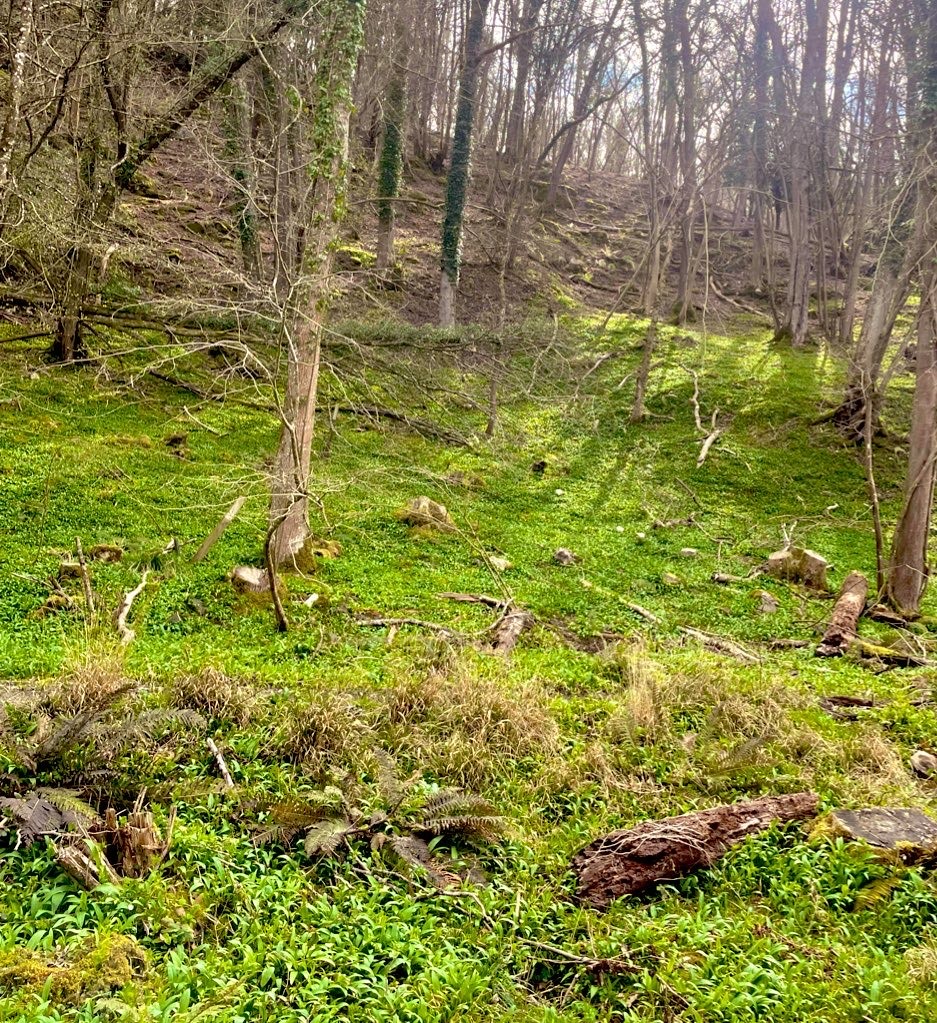
Wild Garlic
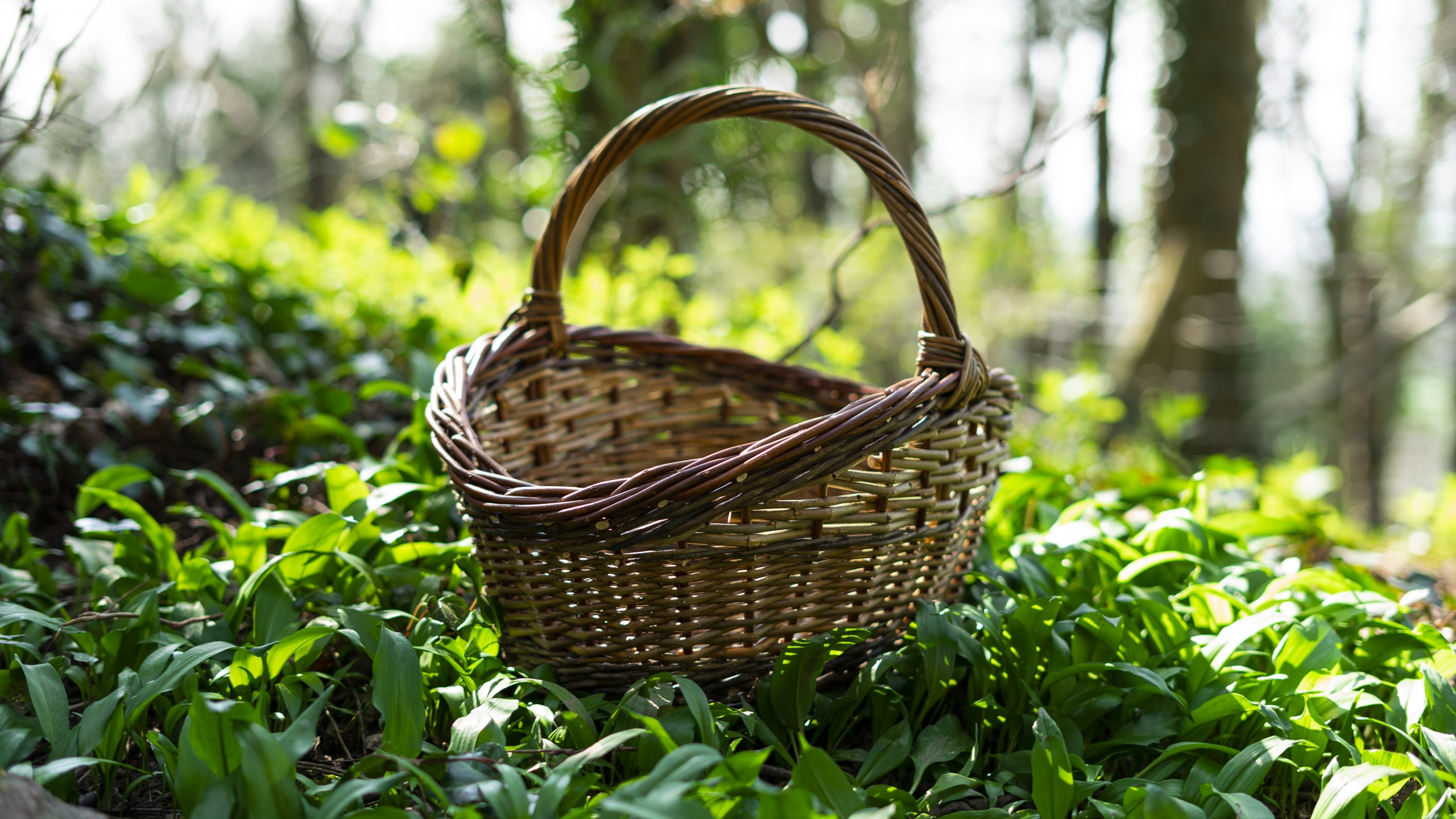
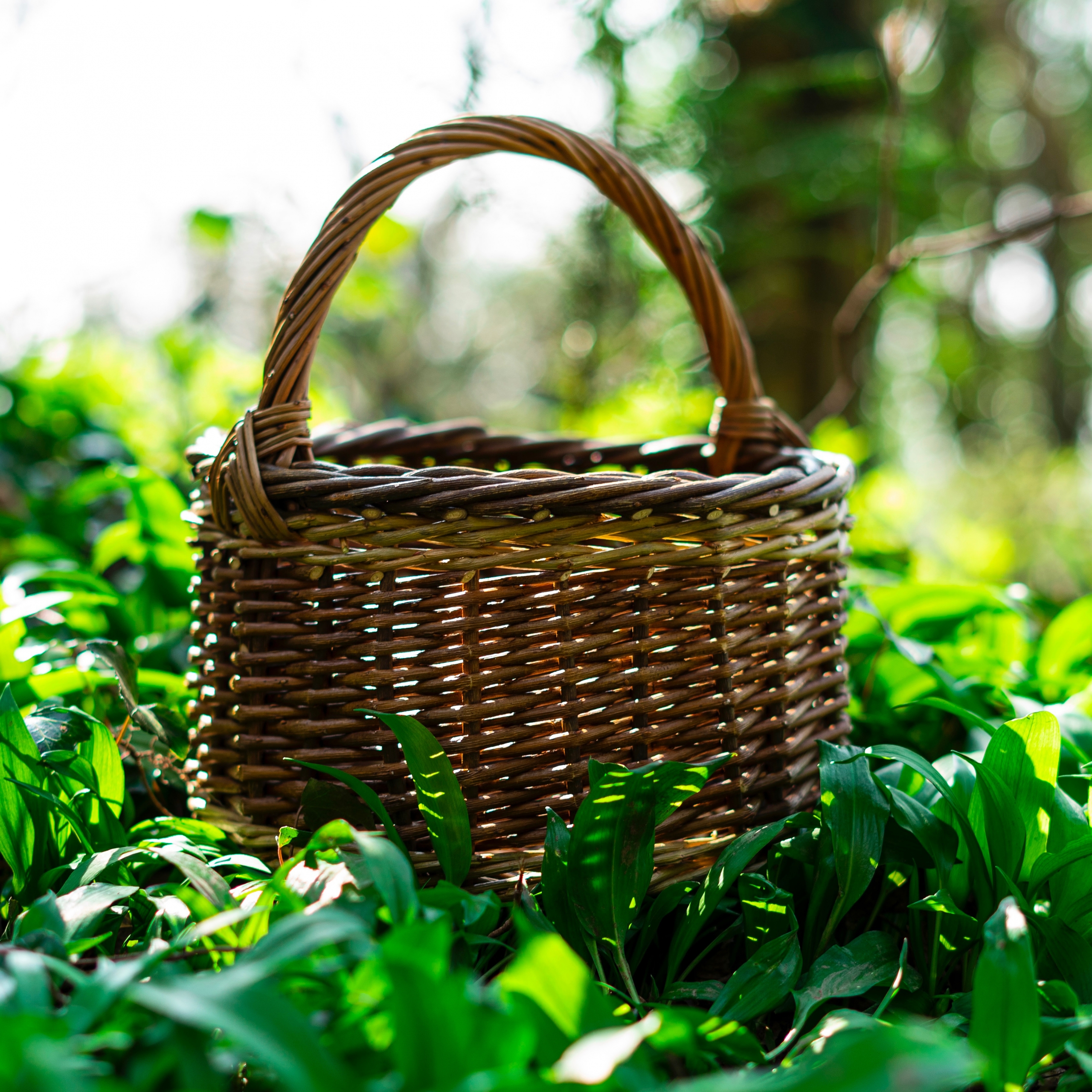
Handcrafted within the UK using sustainably sourced willow, our baskets are a brilliant addition for all your foraging adventures. They are perfect for little forages as well as little foragers.
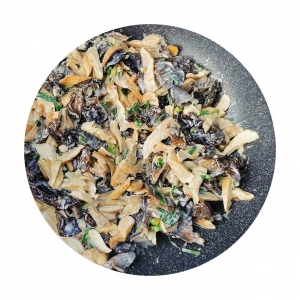
Jelly Ears, Few Flowered leek, St Georges and Poplar Fieldcaps
Fabio’s feast of Poplar Field Caps, Jelly ears, St Georges and Few Flowered Leeks (using delicious vegan cream to create the sauce) was served with a tasty loaf and pesto one of our Wild Food UK foraging courses however this would also work well as a tasty, creamy pasta sauce.
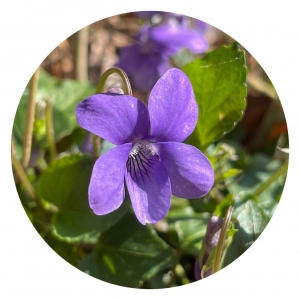
Scientific name: Viola riviniana
If you spot one of these while out foraging in the wild, its most likely to be the Common Dog Violet. Unlike other types of Violet, the Dog Violet has no scent. The unscented sister of sweet violet has no use for making syrups with but will add a pop of colour to any spring salad.
This flower can commonly be found growing from April to June in woodland, grasslands, old pastures and hedegrows. The young leaves and flowers buds can be eaten raw in salads or cooked.
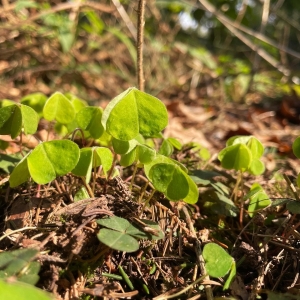
Wood Sorrel
Scientific name: Oxalis acetosella
A common plant, referred to as Wood Sorrel, Fairy Bells, Wood Sour and Cuckoos Meat can be found year round growing along woodland floors, hedgerows and damp, shady spots.
The leaves, stem and flowers of this plant are edible and they are sharp and sour in taste, similar to apple peel and lemon.
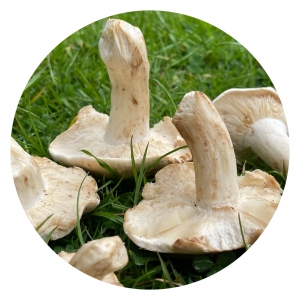
Scientific name: Calocybe gambosa
A great spring mushroom that’s usually found several weeks either side of St Georges day. This mushroom can be found hiding in grasslands, besides woodland, lawns and roadsides growing in rings from April to May.
St Georges are fairly easy to identify and can usually be found growing in the same places each year. Did you managed to find any St Georges this month? let us know in the comments.
St Georges, Cow Parsley and Hedge Garlic, cooked and made into a delicious risotto.
This delicious dish was prepared by Kerry on one of Wild Food UKs foraging courses
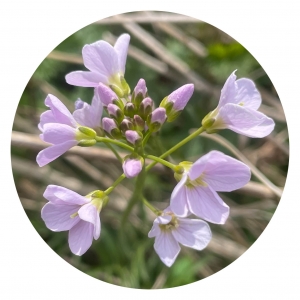
Scientific name: Caramine pratensis
This fairly common plant is also known as the Cuckoo Flower and is part of the brassica family, this means that its has cruciform flowers that form (in the spring/ early summer months). We’ve seen lots of these flowers popping up recently, carpeting fields, meadows, pastures, lawns, riversides, damns, ditches and roadsides.
This flower is often known by its alternative name, the Cuckoo Flower as it refers to the arrival of its flowers at the same time as the cuckoo begins to sing. The flowers and leaves are great when used in a salad and taste hot and spicy like wasabi.
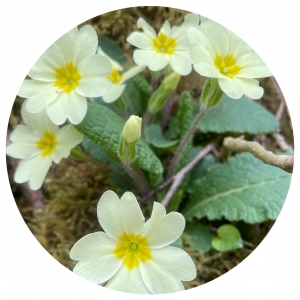
Scientific Name: Primula vulgaris
The flowers on the plant are great to brighten up any salad. Refreshingly sweet and the young leaves can be used as a green vegetable or in salads.
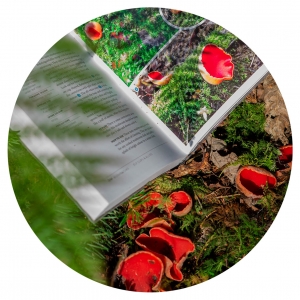
Scientific name: Sarcoscypha austriaca
These mushrooms can be found from November through to April. Look out for their vivid red caps which are cup shaped, flattening out to a shallower disc. Anyone following our social media @foragingshop will know that we’ve been spying these mushrooms all over and tracking their development. From Peeking through the leaf litter in January, spotting them in their prime ready to pick through late Feb/ March and now finally we see their season come to an end. We love using Scarlet Elf Cups to brighten up our meals. It’s a tasty little mushroom when fried in a pan with butter and quite commonly found growing on dead wood (hazel) and amongst leaf litter.
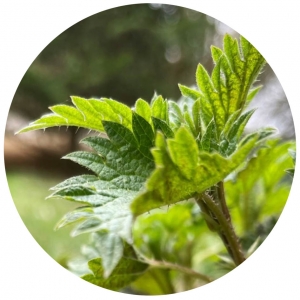
Scientific name: Urtica dioica
Stinging Nettles are also referred to as Burn hazel and can be found all year round. This is a very common and easy to identify plant that has many fantastic uses. Nettles are superfood rich in vitamins, minerals, fatty acids and carotinoids.
The young tops have a mild, neutral flavour and can be added for their health benefits to soups and stews, without changing the dishes flavour. We advise that nettles should not be eaten once the plant is in flower.
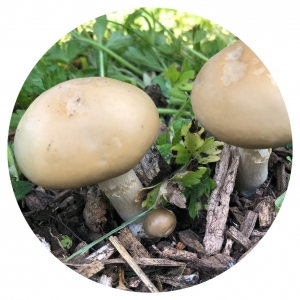
Scientific Name: Agrocybe praecox
Marlow Found Some Spring Fieldcaps this week. These can be spotted in the Spring and Early Summer. Although edible, these mushrooms can be a little bitter and tricker to identify. Pop over to Wild Food UK’s Youtube Channel where Marlow talks a little more about this Mushroom.
Happy foraging everyone!
If you’d like to know a little more about our finds please head over to our sister site, Wild Food UK to see their very helpful mushroom and hedgerow guides *please note that photos vary to every hedgerow*.
Please let us know if you need any assistance or information and remember to stay safe and never eat anything unless you’re 100% sure it is safe to do so.
Don’t forget to follow us on our social media pages
Instagram @foragingshop @wildfooduk
